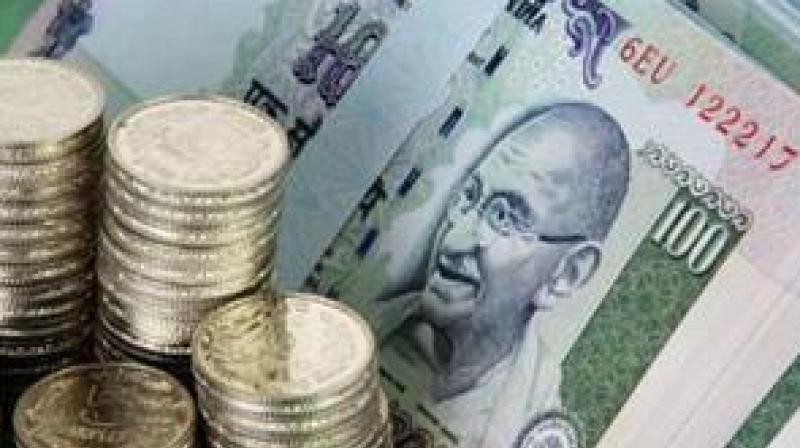
India needs to focus on exports, says World Bank

India’s economic growth in recent years has been ‘too much’ driven by domestic demand and its exports were about one third of its potential, a World Bank official said, asserting that the next government needs to focus on export-led growth. Praising attempts to liberalize markets within India, Hans Timmer, World Bank Chief Economist for the South Asia Region, said, “that is what is needed to become more competitive.”
“At the same time you’ve seen also of the last couple of years that the current account deficit widened – an indication that increasingly growth came from the non-tradable sector – from the domestic sector, and that makes it difficult to export more, Timmer told PTI in an interview. The polling for first phase of seven-phase parliamentary polls in the country is scheduled to take place on April 11, with the last phase on May 19 and the results will be announced on May 23.
In the past five years, he said, India’s overall growth was ‘too much’ driven by domestic demand, which resulted in double digit growth of imports, and four to five per cent growth in exports.
“In more recent months, that turned around somewhat. But the broader picture was that that is a minus,” he said.
The pluses were that we have seen the GST trying to create more flexibility within the country, so that it is easier to trade between states. That is what you need if you want to trade also with foreign countries, he said. Responding to a question, the World bank official said the focus of the next government should be on reducing the stimulus of domestic demand.
“That would be one. I think looking at trade liberalization on the import side – that would be another to create more competition. I would look at what people feel as impediment in the labour market. Is it difficult to go to those new jobs? What about the start-ups of young people do they feel restrictions or not?” he said, adding that it is also about female labour force participation.
“I think, the most important thing is the understanding that you need export-led growth because thats where you increase productivity when you compete in international markets; thats where you gain knowledge by interacting with competitors and with customers abroad. And so, it is that mindset,” the top World Bank official said. India, Timmer said, is exporting only 10 per cent of its GDP.
“What they should have exported is 30 per cent of the export of GDP, given all their characteristics. India is a big country, so normally a big country does not export that much in per cent of their GDP because when you are small you are a lot more open. But even for India, 30 percent would have been normal if you look at the experience of other countries. It’s only 10 per cent. So that’s an enormous gap. And the gap is widening in the last couple of years,” he told PTI.
According to him, friction between India and Pakistan is unhelpful to the trade and economic growth in the region. The lack of regional integration is not the main course of the under performance in exports. And that is often the assumption. When people look at South Asia, immediately the problem of very limited regional integration jumps up, he said.
A latest report of the World Bank on South Asia, he said, asserts that the economic under performance of South Asian countries is mainly because they are locked on fundamental issues within the domestic economies that have prevented the countries to become much more export-led, like one sees in East Asia.
Trade liberalization, flexible labour markets skills, trying to address the big problem of the difference between the formal economy and the informal economy, he said are some of his recommendations for the South Asian countries.

